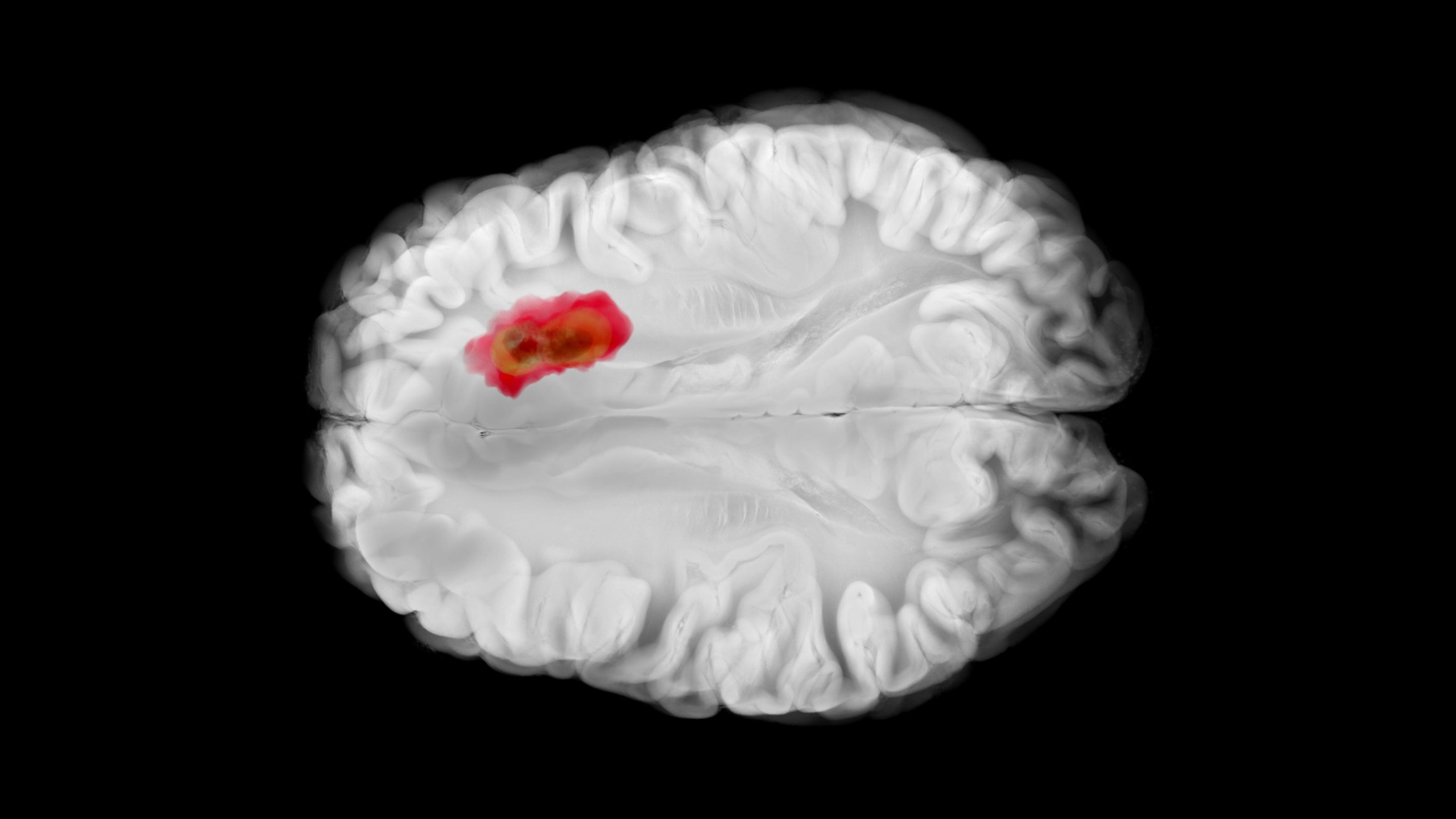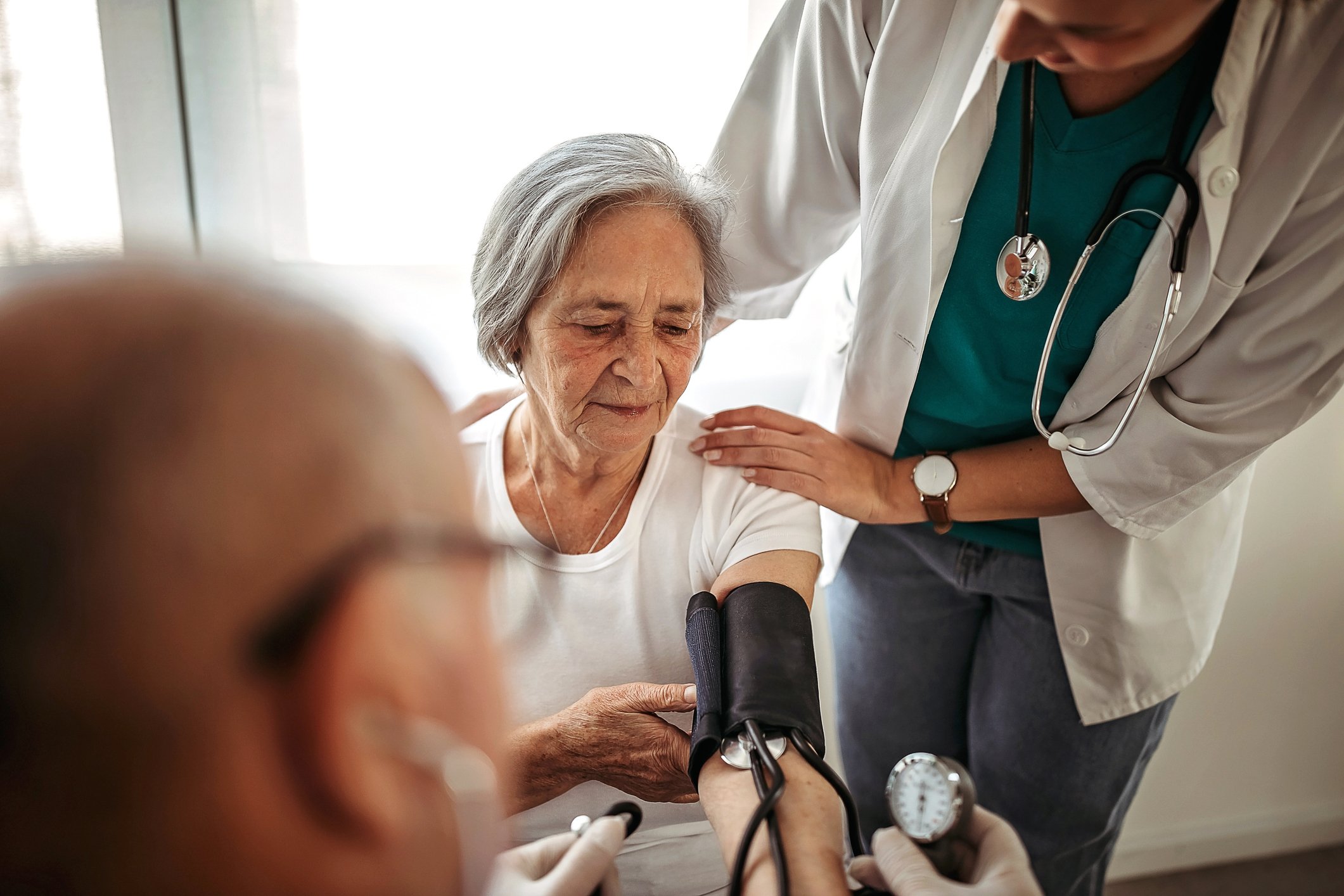According to new data, passive and active smoking significantly increases breast cancer risk. Young women are particularly at risk after menarche and before their first full-term pregnancy (FFTP). In addition, the first cigarette in the morning seems to be the most important factor for lung cancer.
(ag) Several recent cohort studies have shown that increased breast cancer risk is associated with:
- higher “pack years” (unit defined as one pack of cigarettes per day over one year)
- longer smoking time.
Furthermore, a dependence relationship between dose and response was shown between menarche and FFTP with increasing “pack years”. Passive smoking was also tested as a risk factor: An association was also found here between the passively ingested (lifetime) dose and breast cancer risk.
In the EPIC cohort [1], these results were again emphatically confirmed: Compared with women who never smoked and reported no exposure to passive smoke at work or home at the time of study registration, the active and passive smokers had a significantly increased risk of breast cancer (10-16%). Again, the most relevant risk increase was as a function of “pack years” between menarche and FFTP. The probability increased by a full 73% per 20 “pack years” (i.e., if someone smoked two packs a day for, say, over ten years, 2x 10 = 20). Exactly the opposite trend was seen after menopause: the risk decreased by 47% per 20 “pack years”.
The first cigarette makes the difference
To simplify the stratification of individuals at particular risk for lung cancer, one study [2] tested the informative value of an extremely simple measurement: the question about the time to first cigarette after waking (“TTFC”).
Beyond other measures such as intensity, duration, and “pack years,” this simple survey was shown to have statistical relevance: 3249 individuals who had formerly smoked were studied (control group without lung cancer, n=1437/group with lung cancer, n=1812). It was found that the likelihood of lung cancer was significantly related to TTFC. Compared to individuals with a TTFC over 60 minutes:
- the odds ratio at 31-60 minutes was 2.57
- the odds ratio at 6-30 minutes was 2.27
- the odds ratio for less than five minutes was 3.50.
According to the authors, this is therefore a useful tool for specifying risk assessment, which could also be used in smoking cessation programs in the future.
Literature:
- Dossus L, et al: Int J Cancer 2014 Apr 15; 134(8): 1871-1888.
- Gu F, et al: J Natl Cancer Inst 2014; 107(6): dju118. doi:10.1093/jnci/dju118.
InFo ONCOLOGY & HEMATOLOGY 2014; 2(9): 5.












